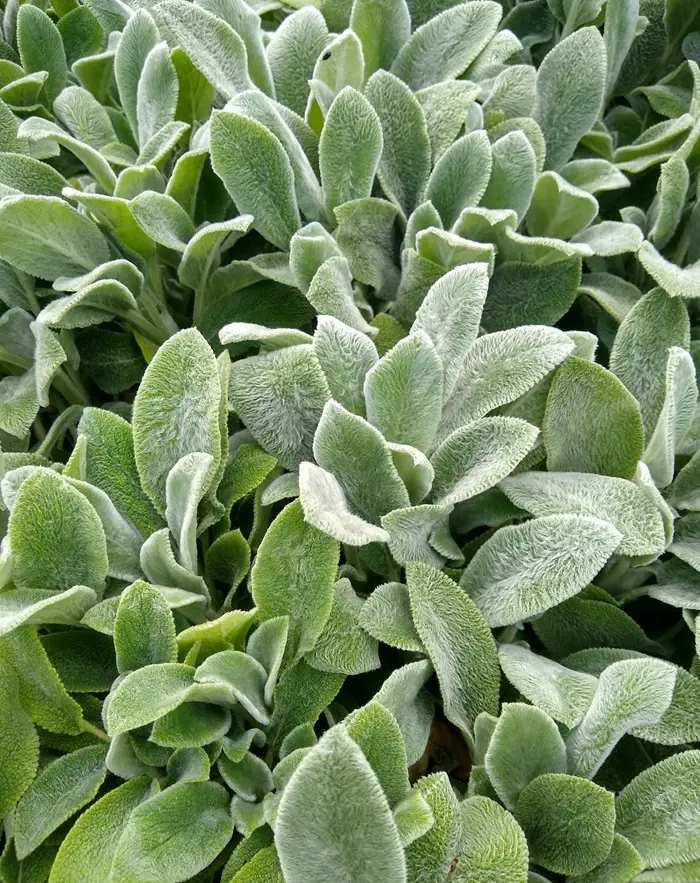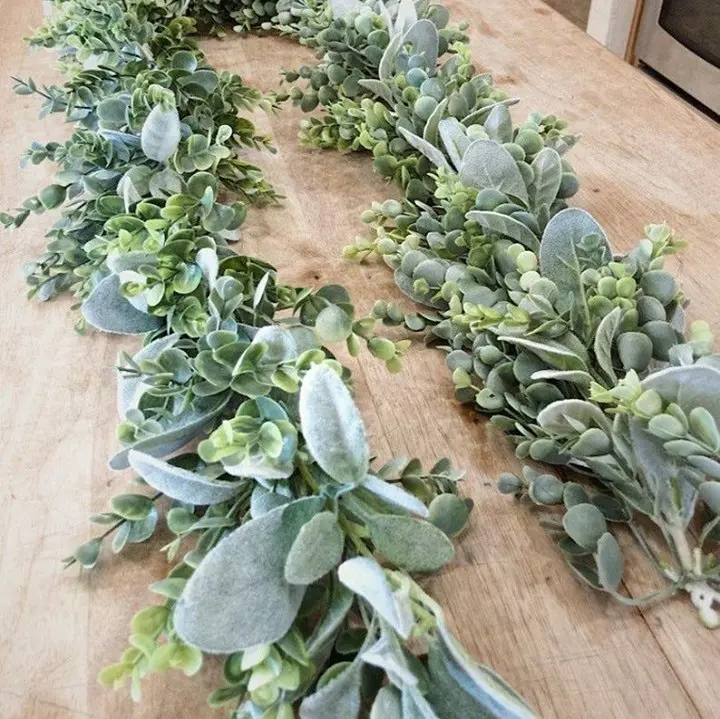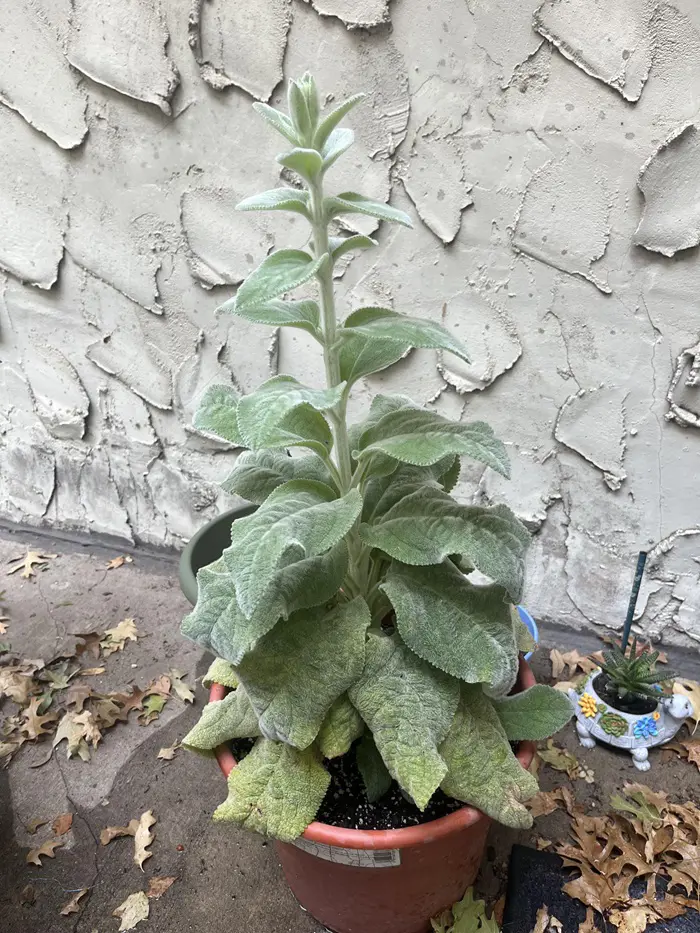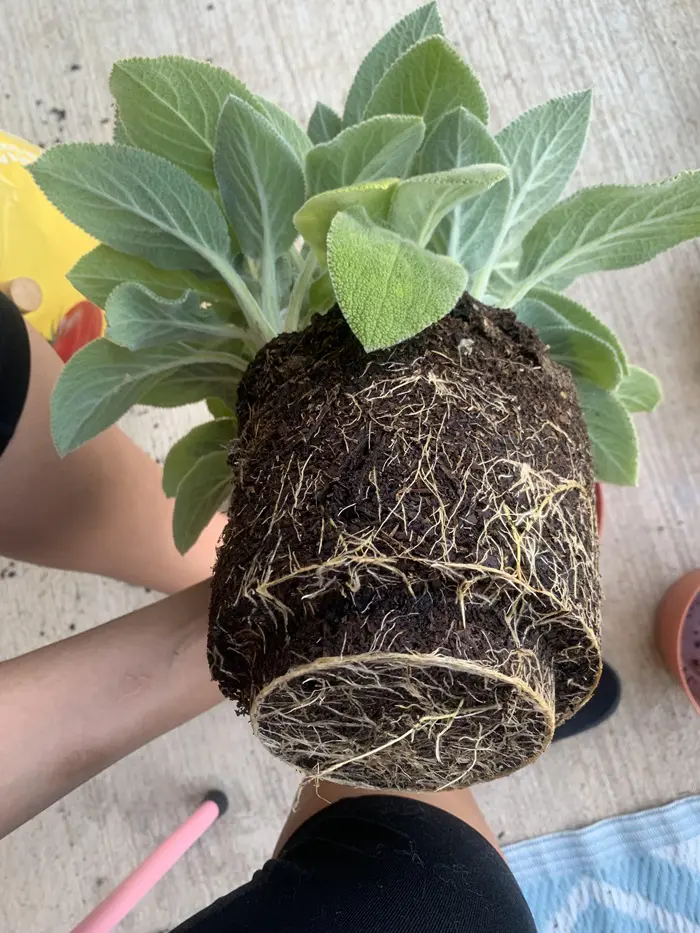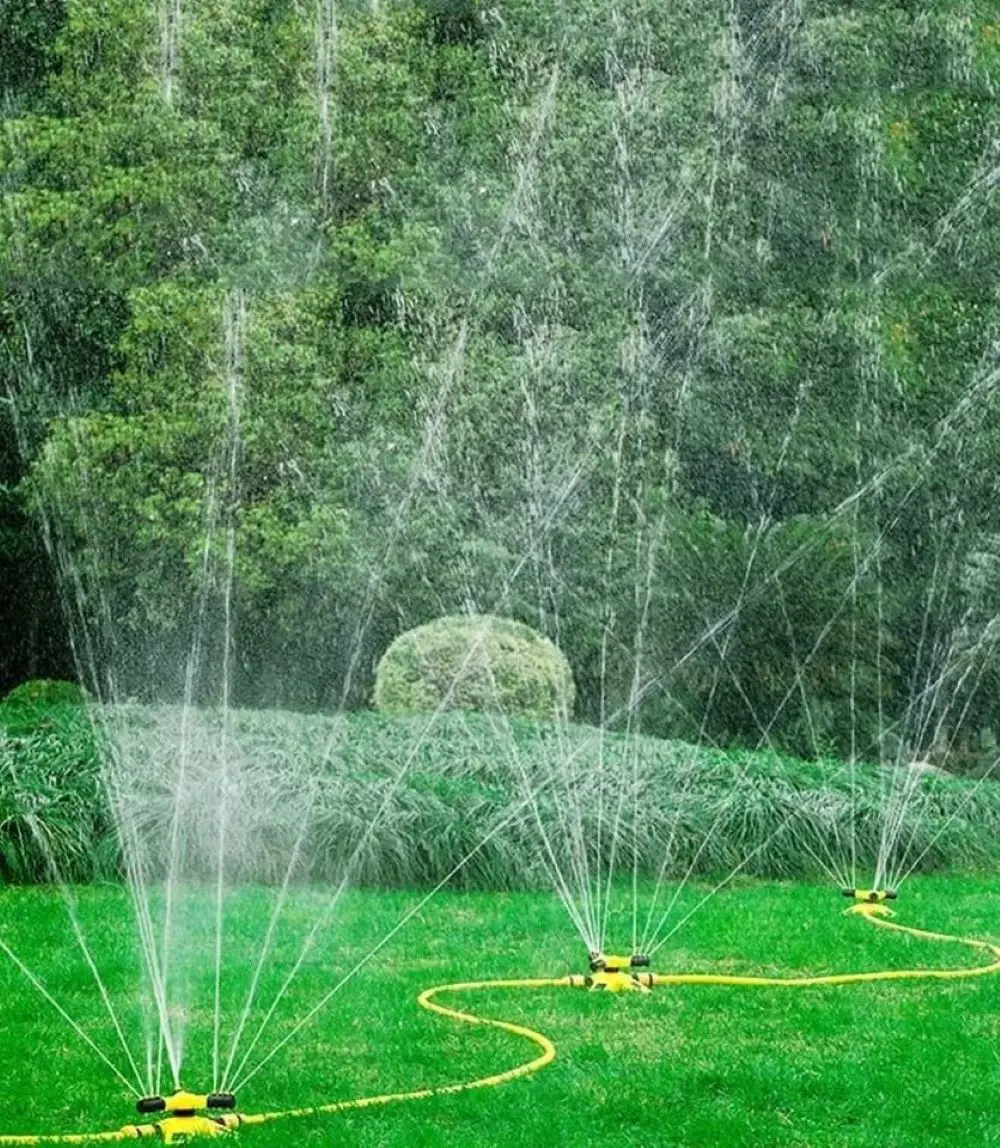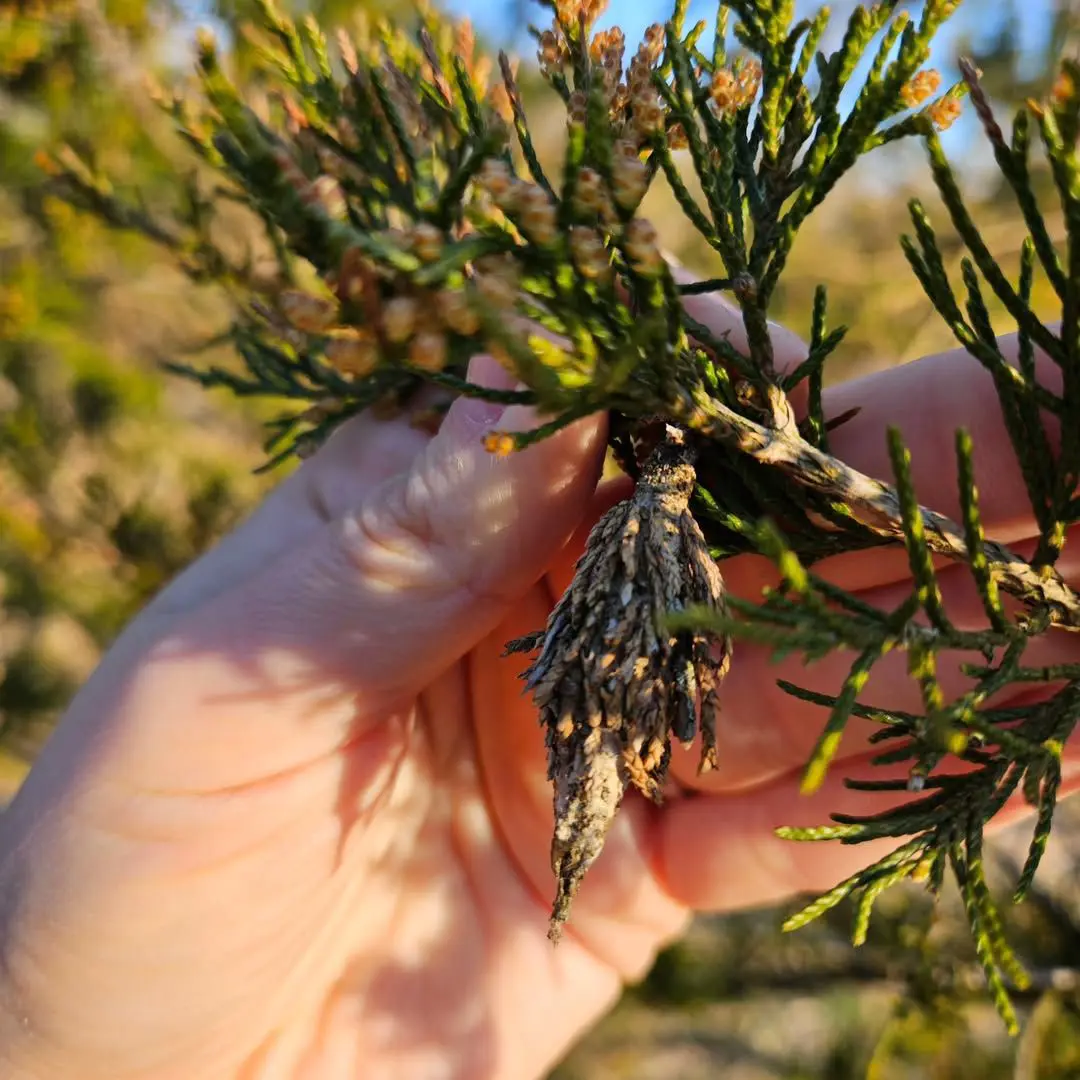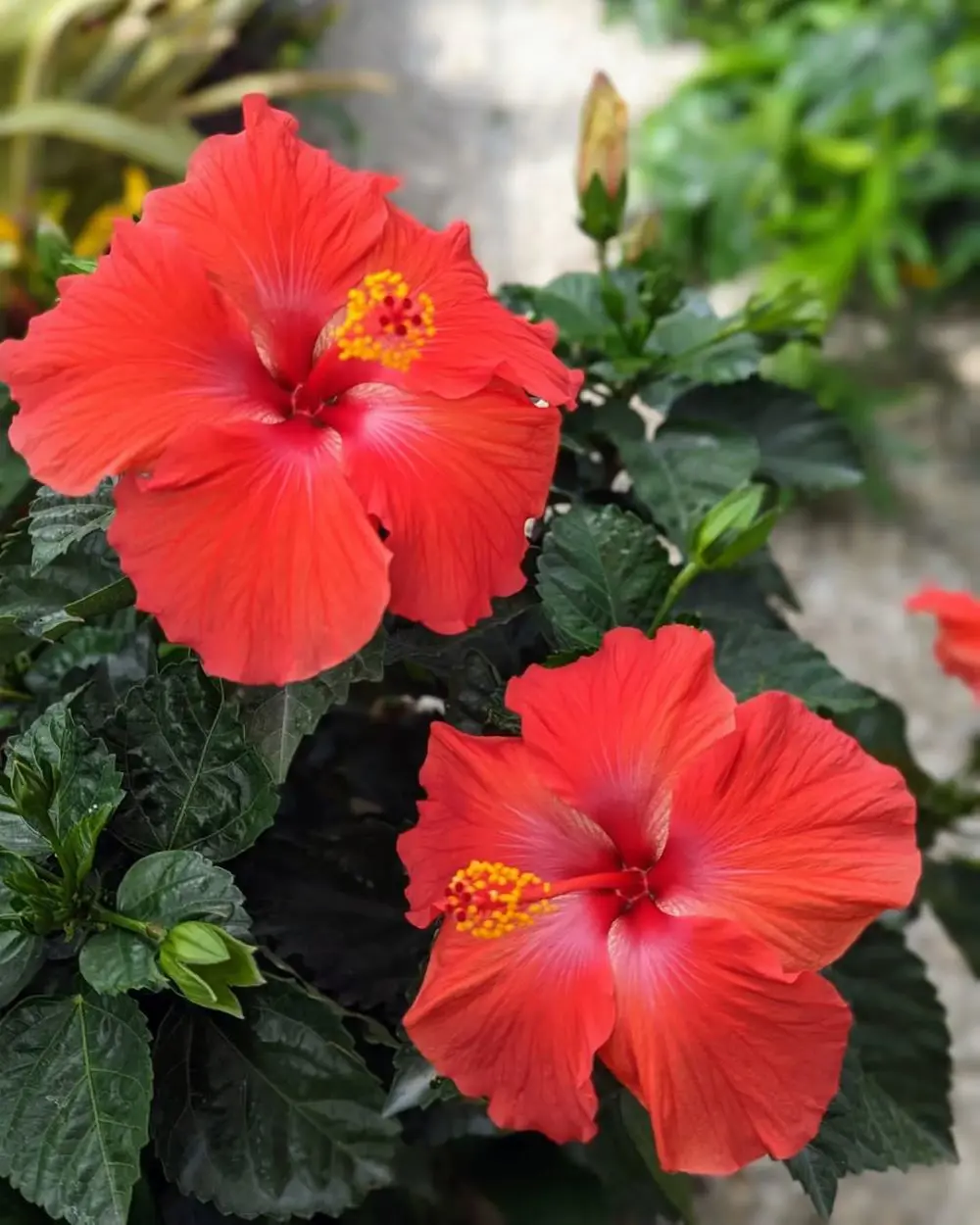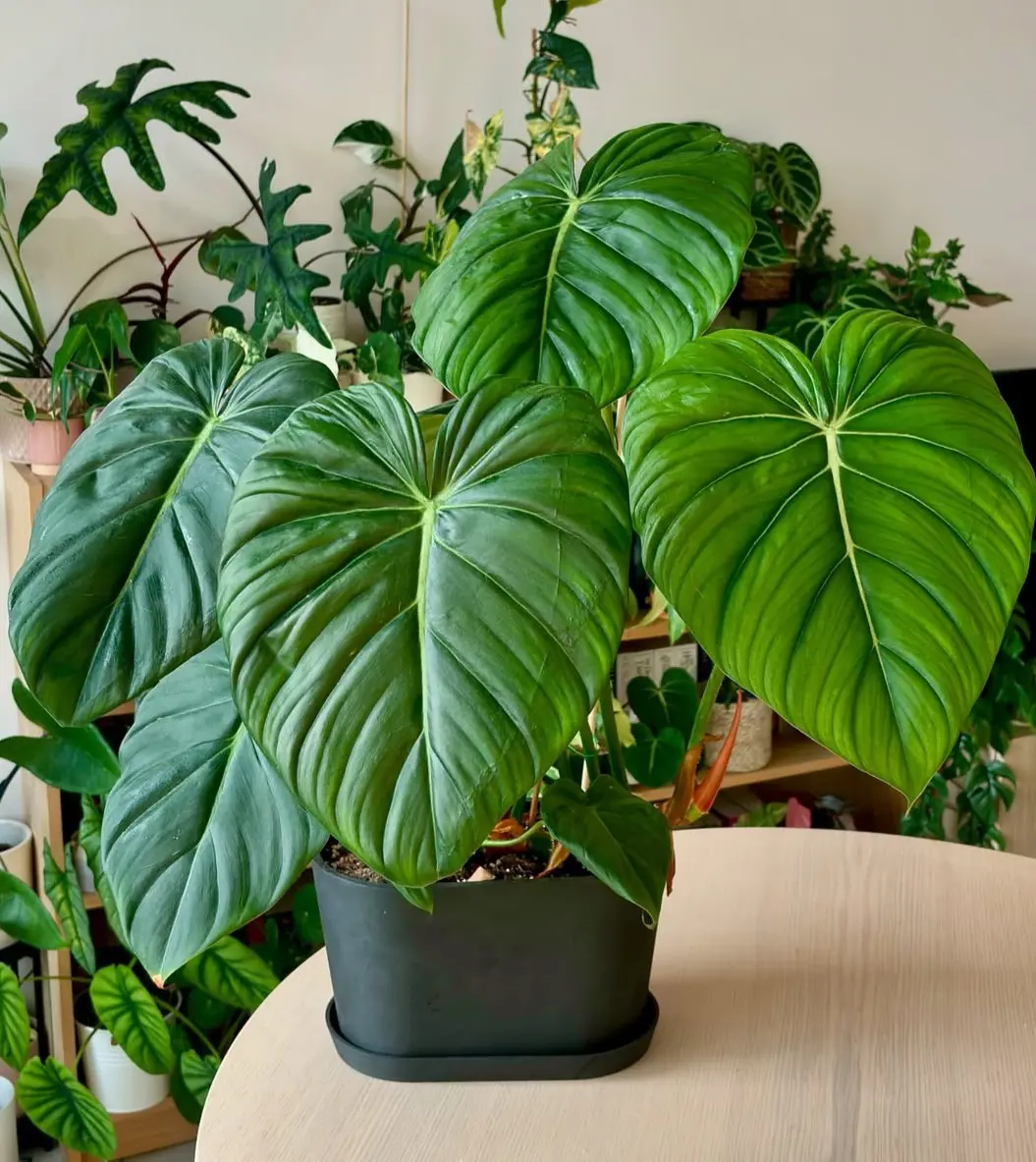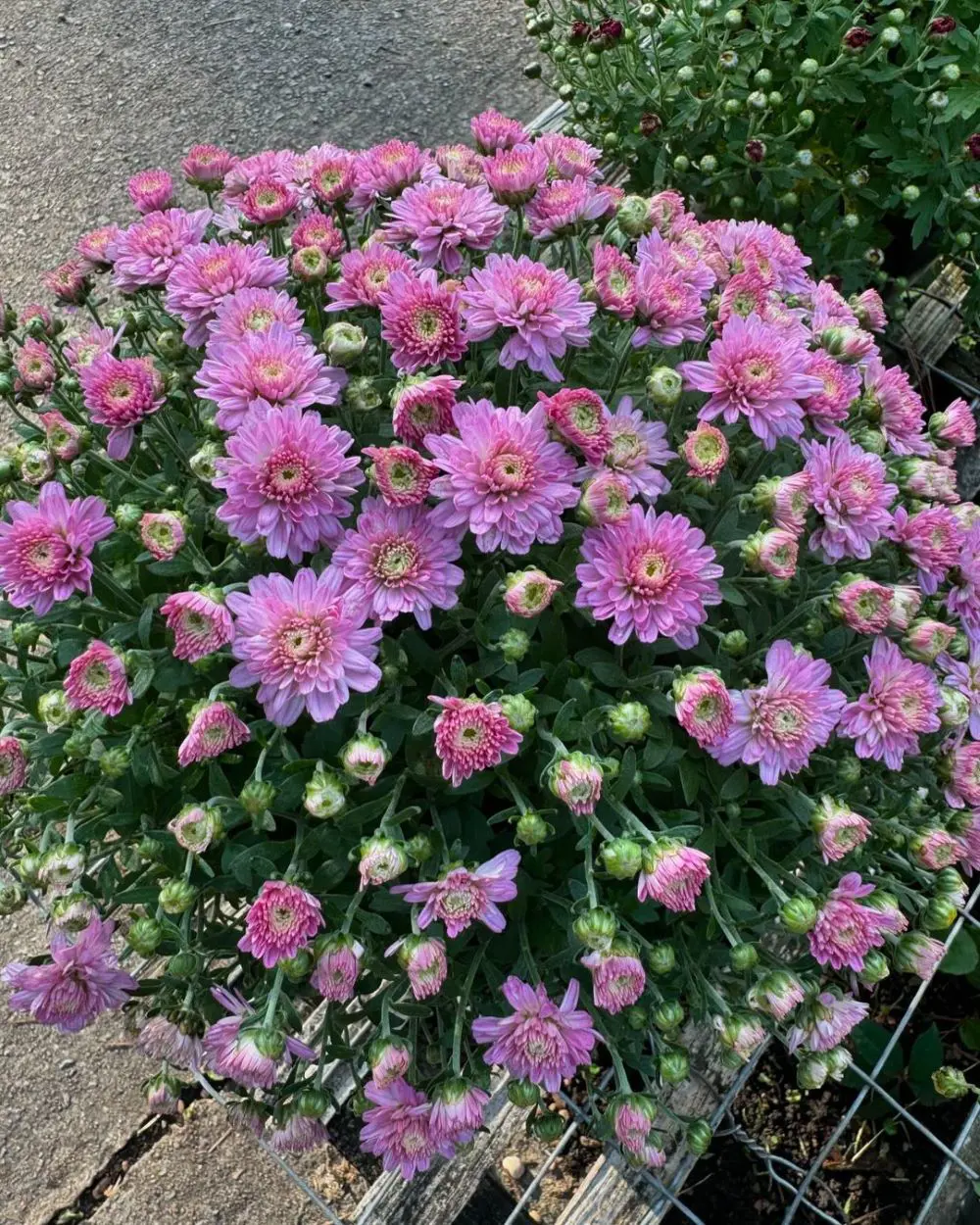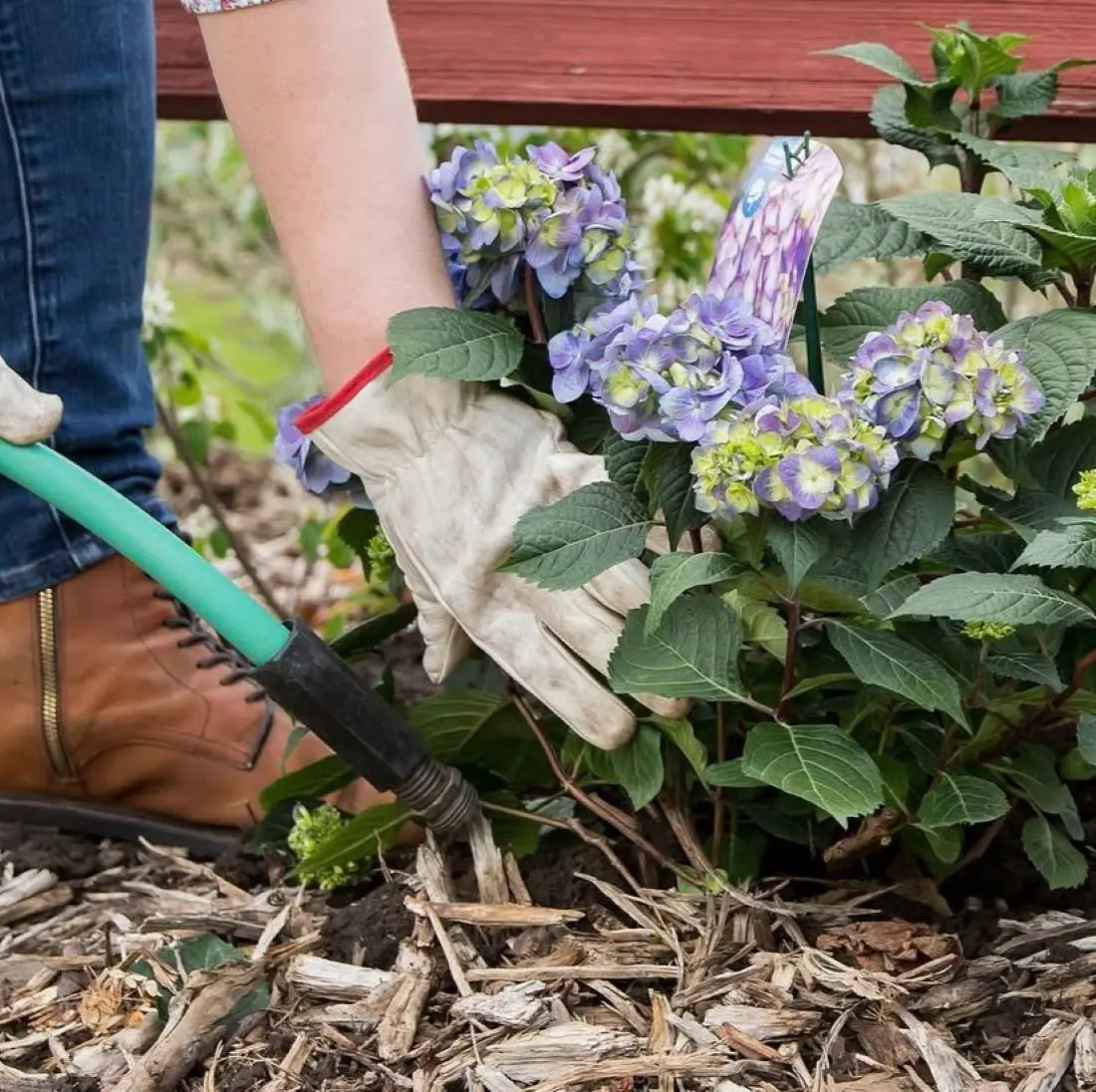Once the Lamb's ear is placed on the soil, caring for your new plant is an essential step for long-term growth and bloom.
Lambs ear plant care should be constantly given to their soil, foliage, and flowers. They should be checked so that there are no pests and diseases in the future.
It is important to space these perennials 12-18 inches apart to promote sufficient room for spread. The leaves should also be kept dry when they are close to the ground.
Light
Lamb's Ear can grow properly in full sun to partial shade. The ideal situation would be to receive at least 6 hours of direct sunlight daily.
Full sun promotes the best foliage color and robust growth, giving the leaves their silvery color. Afternoon shade can prevent leaf scorch in hot areas. However, too much shade might lead to leggy growth and less vigor.
Soil
Soil selection is another important component of the Lamb's ear. Ideal soil includes a mix of garden soil, sand, and perlite or compost to enhance drainage and prevent root rot. It should be moist and well-drained.
Fertile soil will help its growth, but over-rich soil can contribute to leggy growth. You can also employ organic matter like compost to improve its structure and fertility without making it too rich. Slightly acidic soil will be enough for its care.
Water
Once the soil and sunlight have been determined, the next thing to understand for the plant's proper care is watering. This is an important step that you should conduct every week. They only need 1 inch of water for survival.
Lamb's ears are drought-tolerant, so watering should not be frequent as it could lead to overwatering issues. It is best not to pour water on the leaves as there could be fungal spots in the future.
Temperature and Humidity
These perennials with silver foliage can grow on multiple hardiness zones, i.e. from 4 to 9. Hence, Lamb's ear can grow in a variety of temperatures. They can still face problems if left in colder or hotter climates for too long.
High humidity levels are detrimental for these Lambs ear plants since they can lead to fungal diseases and rot. You must make sure that good air circulation is present. Also, overhead watering should be avoided to maintain the right humidity levels.
Fertilizer
Minimal fertilization is required to grow a Lamb's ear. They are hardy perennials that can withstand droughts, and hence constant supply of fertilizer is not essential for its health.
They also prefer soils that aren't overly rich. However, you could incorporate compost into the soil. This compost offers additional nutrients and improves the soil structure.
